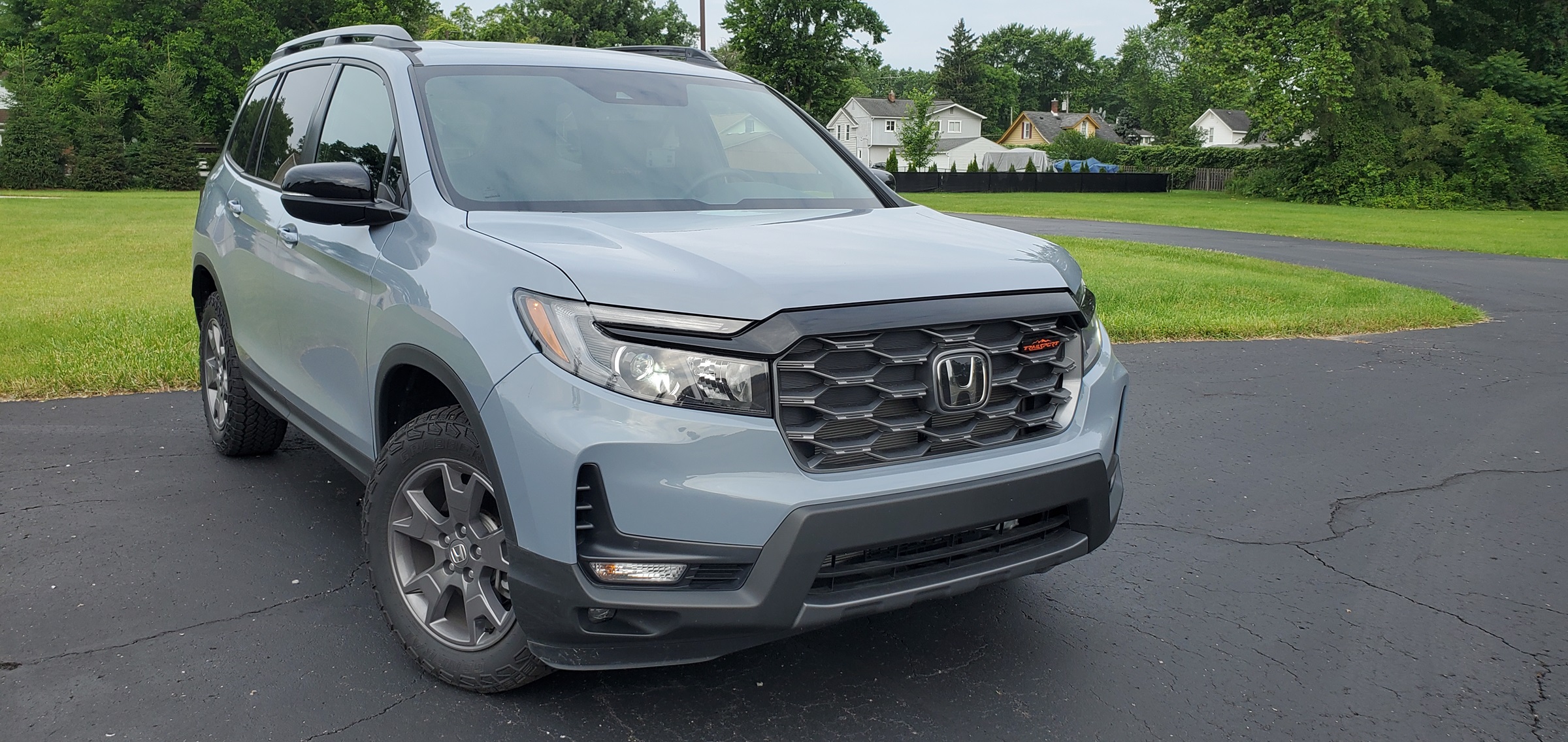Honda is preparing a new Passport which will be making its way to dealerships to bring the fight to rivals like the Ford Bronco Sport and the Toyota RAV4. But before the revamped model can forge its own path, the company has to rely on the aging outgoing model to hold down the fort for it at its dealerships. The first-generation Passport has proven to be a capable steed in the past, but does it have enough vigor to maintain a solid state of affairs before it hands the reigns to its replacement?
Passport’s exterior styling is still a weakness
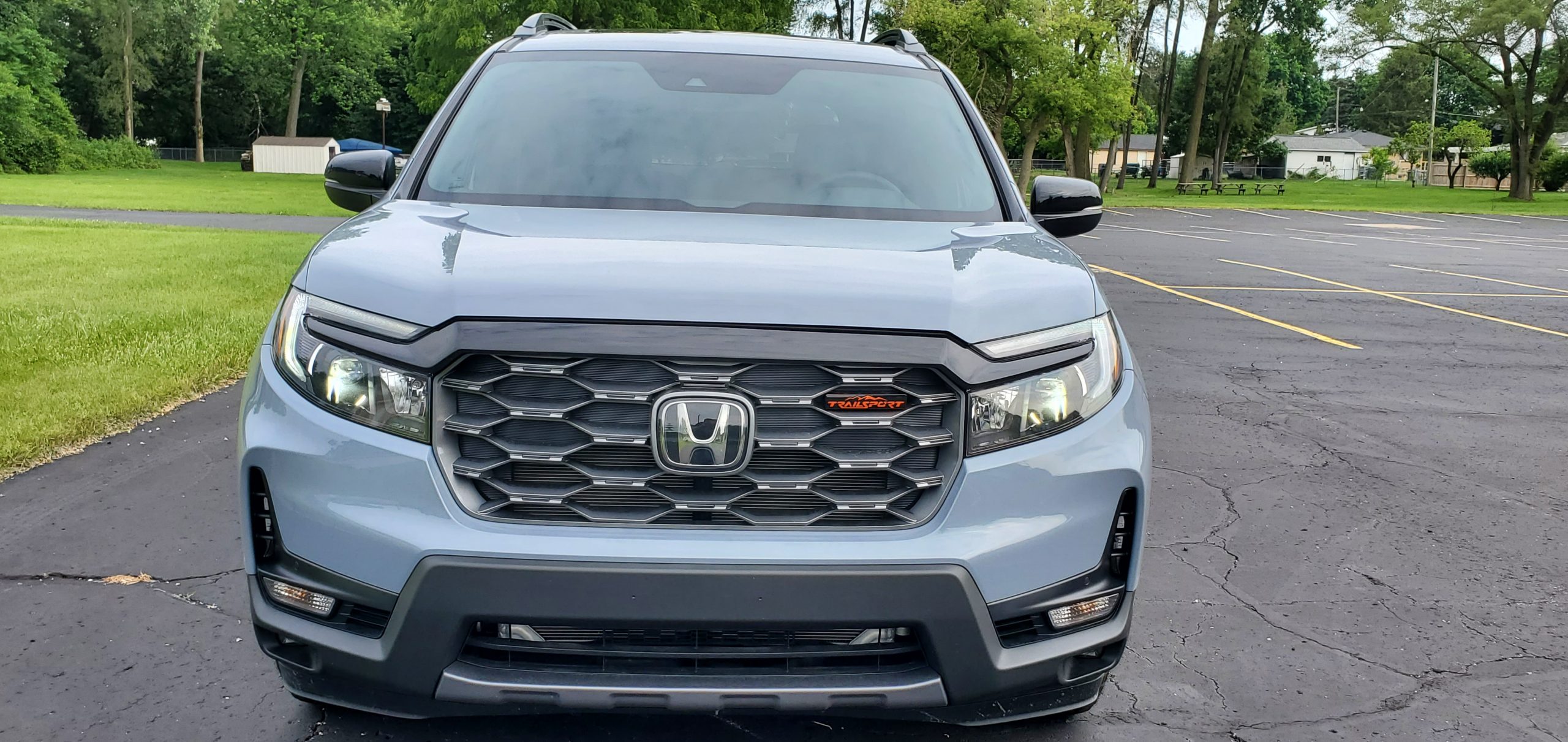
One of the prominent flaws that the new Passport will address before it makes its way to dealerships is the flabby styling that always dogged the current generation Passport. It might not seem like much of an improvement at first glance but when you look at the current generation Passport, it becomes obvious that Honda needed to give the Passport some work. The front fascia of the Passport features a large upright front grille with a mid-cycle update tweaking the lower front bumper and some of the finer details. TrailSport models get additional badging and trim but the Passport lacks the edge that some of its rivals have and as a result, it feels like it lacks the visual punch to drive it home to customers when they might see one at the dealership. The stubby rear end is a welcome trait but it also feels like it lacks character and instead of making you think of Passports of the past, it smells like a shrunken Honda Pilot which is partially true when you look at the origins of its platform.
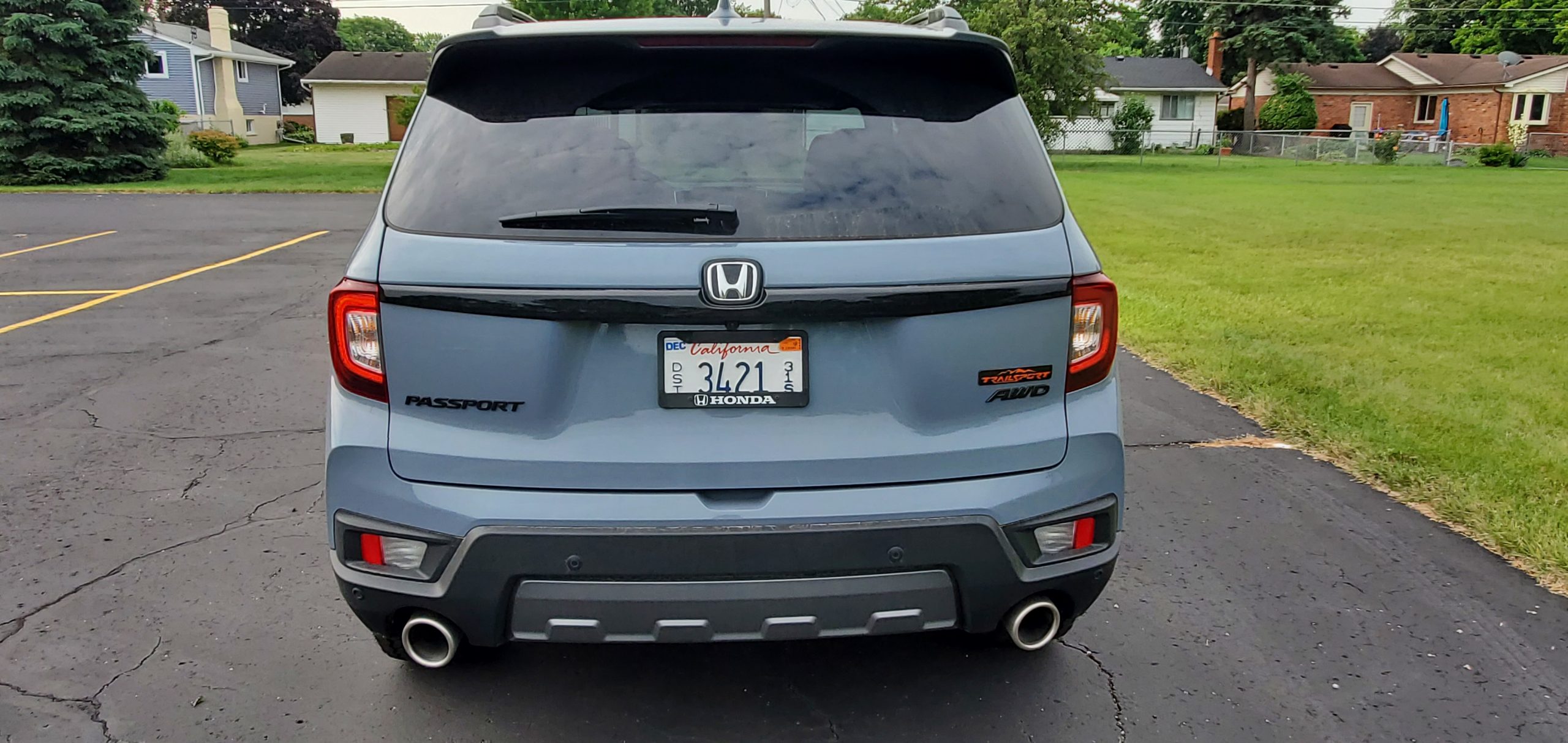
The new model will fix these flaws and it will be a welcome blessing for Honda and its dealerships. Sales are still doing good but they have also been slowly dipping as some potential buyers gravitate away from the Honda and into its rivals. That’s especially true of style-conscious buyers that want the freshest look with the aging design making the CUV feel increasingly dated.
Aging Passport interior maintains high levels of comfort

Slip inside the interior of the Passport and you’ll find that while the cabin is also starting to show its age, it still maintains the high levels of comfort that recent Honda products have become known for. The dashboard features an 8.3-inch touchscreen infotainment system which is small for the segment but the software and display still work well. The interior has a large steering wheel that fits easily in the hand and the large heated leather seats are well padded and comfortable on long road trips.
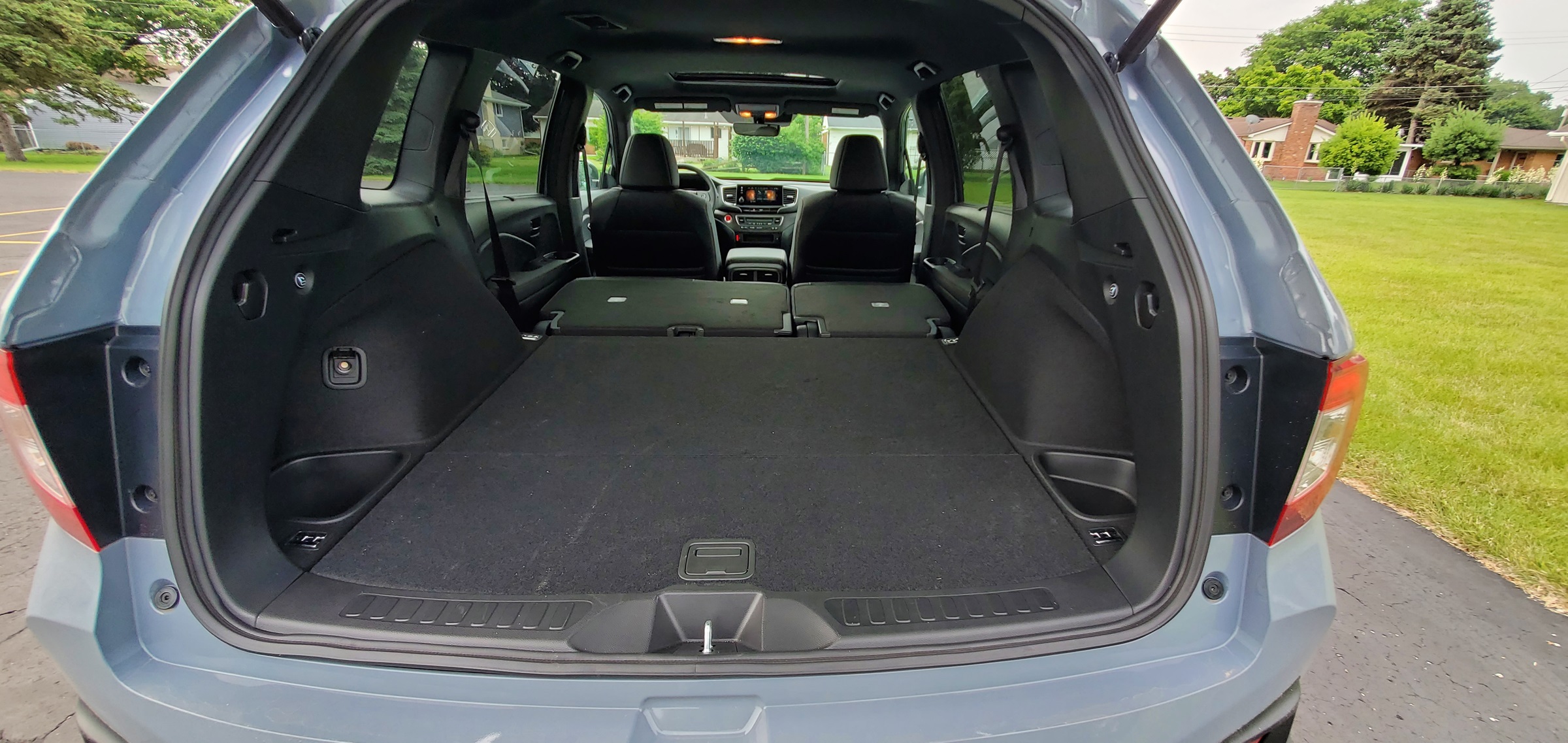
The cabin also features a massive center console with a large storage cubby to help hold various types of gear. Like the exterior, the interior focuses on the essentials but at the cost of having a distinct identity. TrailSport models like our tester get embossed logos on the seats but other than that and the floormats there’s not much here to tell you that you are in something special versus your average copy-and-paste Honda. The second-row seats are comfortable and have enough room for taller passengers to stretch out with ease but they are best used folded down to help expand room for cargo when out and about on the trail. Look for the new model to build on those traits while also adding core upgrades and revisions to spice things up a bit.
Passport is trailready for any occasion
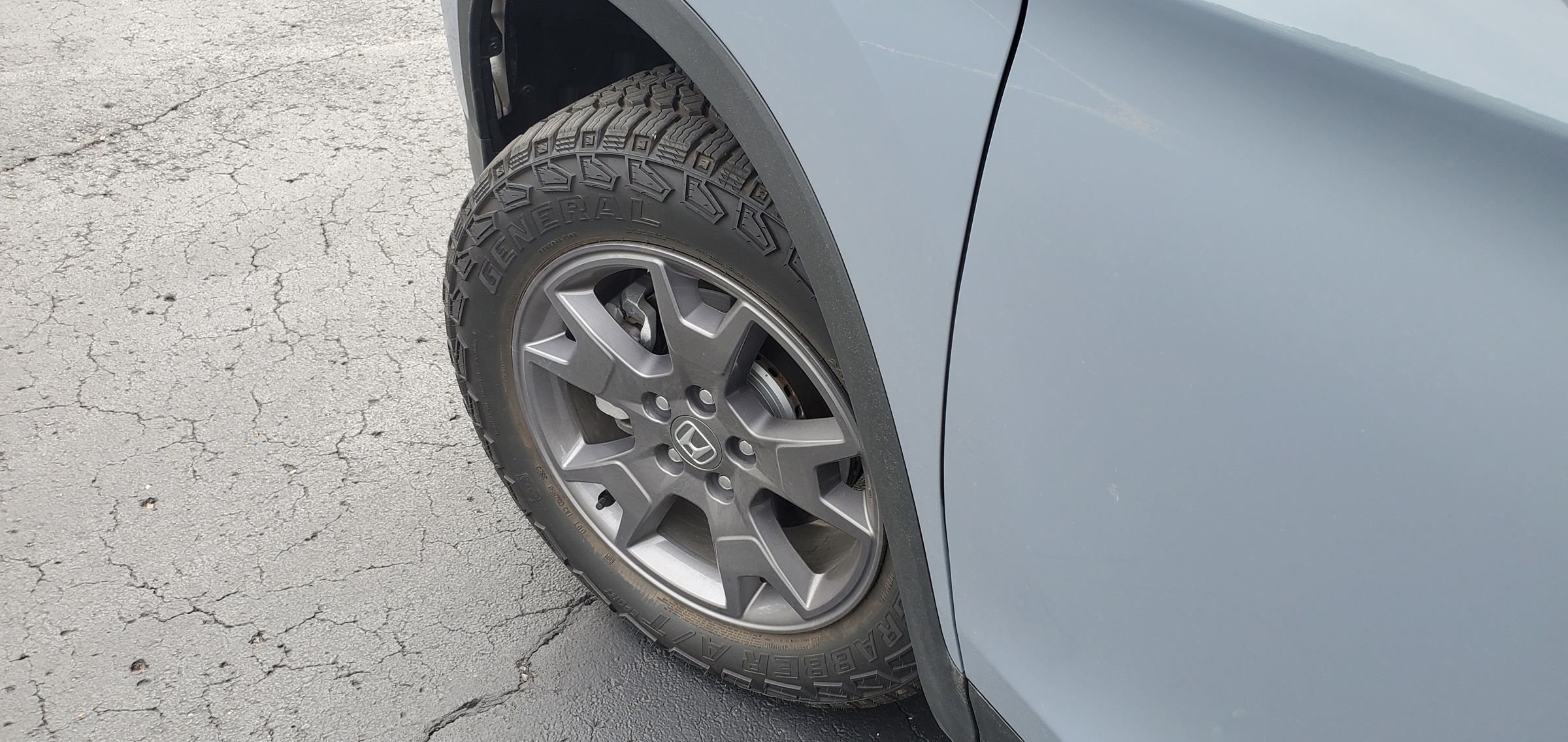
Performance for all Passports comes from a 3.5-liter naturally aspirated V6 that makes 280 horsepower and is mated to a 9-speed automatic. The transmission is operated by Honda’s push-button style shifter. The shifter does the job well but some customers are not fans of it and Honda might address that in the new Passport. In the meantime, the V6 is smooth and delivers a decent amount of acceleration but it’s also the weakest part of the driving experience due to its low fuel economy and droning sound at high RPMs.
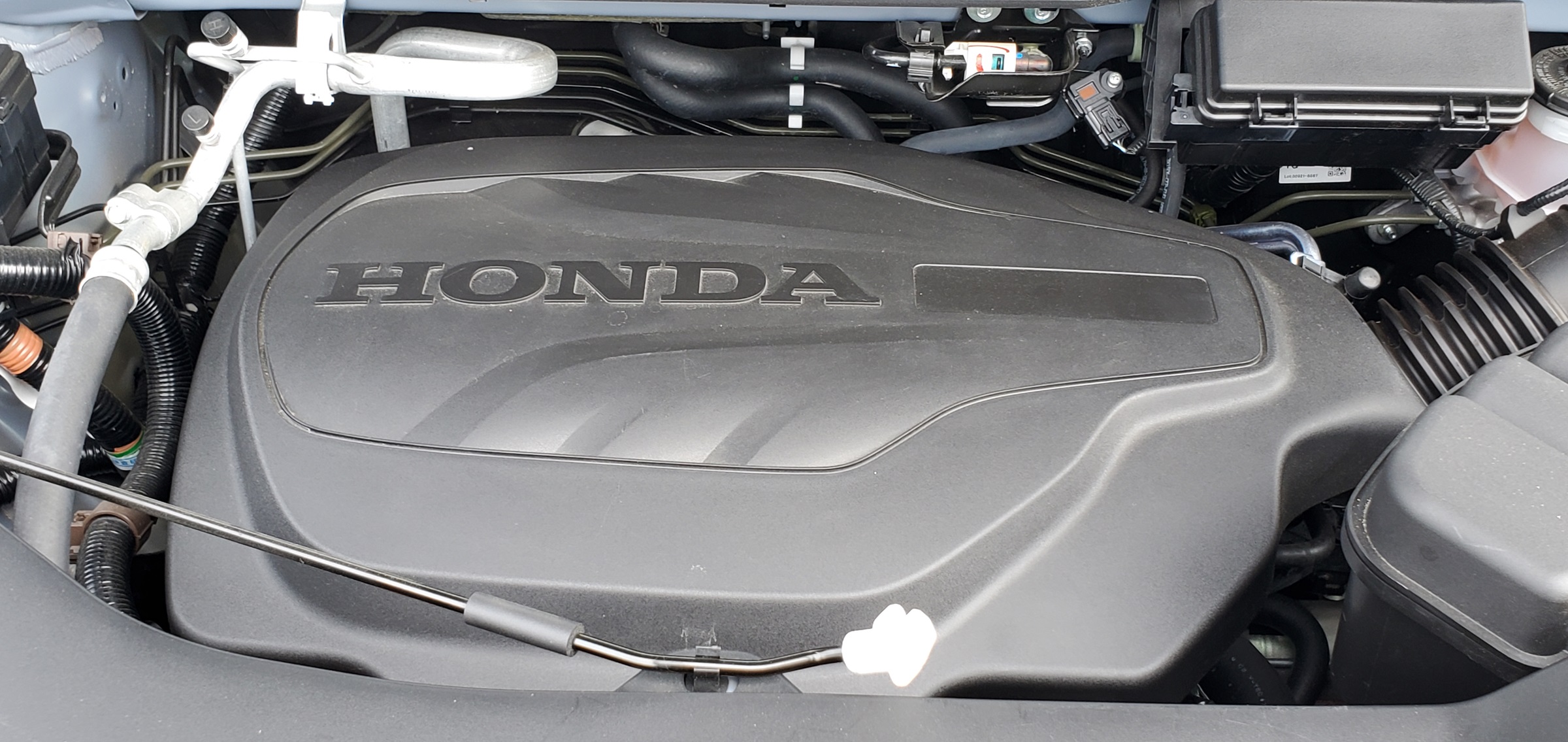
That’s a shame because the rest of the Honda’s driving demeanor is capable and does a good job projecting a sense of security and confidence when out on the trail. All TrailSport models get Honda’s i-VTM4 torque-vectoring all-wheel-drive system and knobby off-road tires mounted on 20-inch alloy wheels. The AWD system also helps give the Passport a degree of poise in corners but it will never be mistaken for a true performance SUV. 8.1 inches of ground clearance helps provide plenty of clearance when out on the trail with skid plates helping to protect vulnerable bits from damage and the Passport can also tow up to 5,000 lbs of gear and other equipment to the campsite or the cabin out in the woods.
Value Quotient
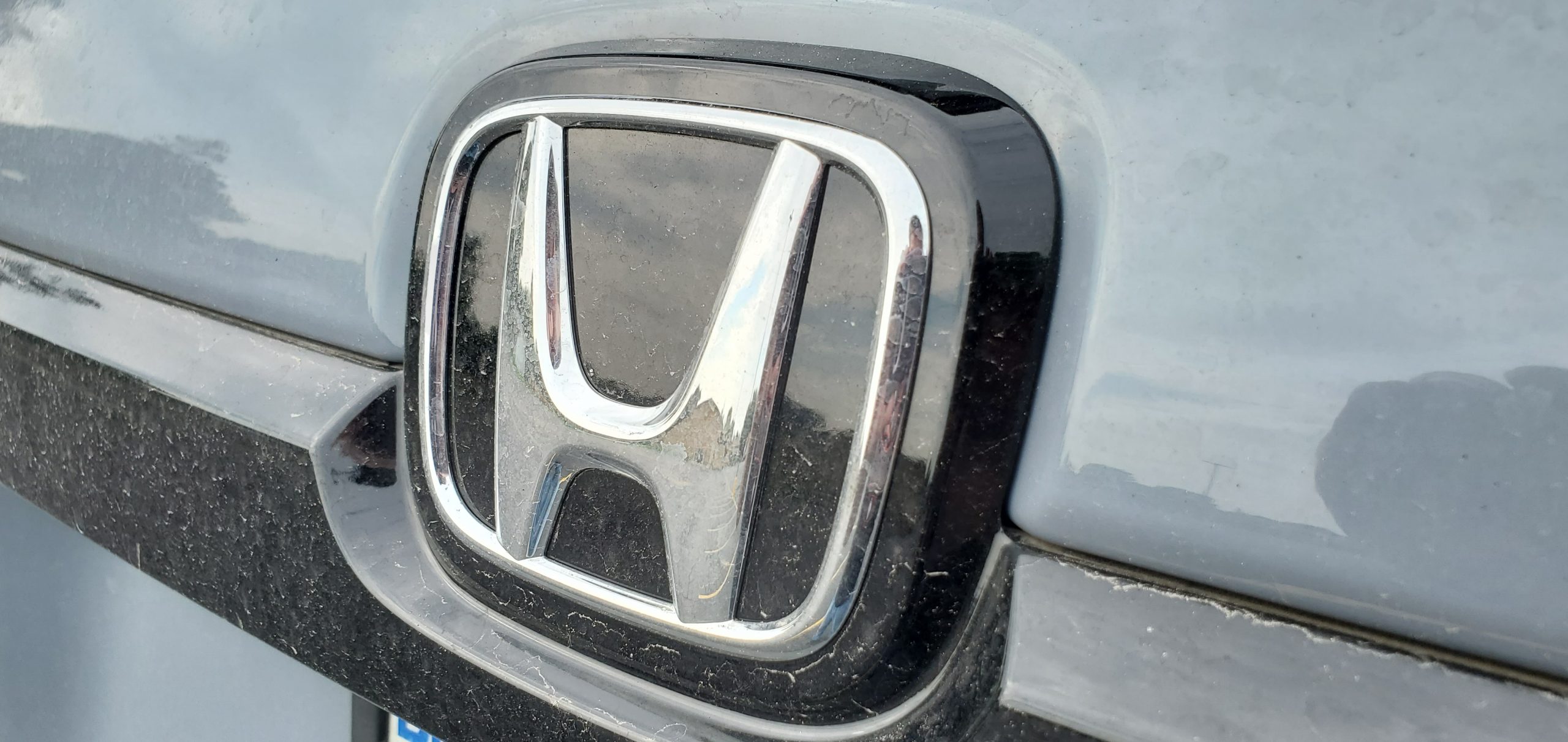
Pricing for the 2023 Honda Passport starts at $42,200 for the base EX-L model which brings a balanced amount of standard equipment and capability to the model. The TrailSport is technically the middle-of-the-road option in the lineup for 2023 (a style-focused Black Edition hedc43rfvas top rung duties) with models like our tester starting at $45,000. Our tester arrived with a light sprinkling of options but its $46,000 price is still in the figurative sweet spot for most buyers.
Look for the upcoming Passport to continue to build on this and while Honda hasn’t revealed the full trim ladder for the new model expect Honda to refine the pool of customers that it’s targeting with the Passport. This will mainly be reflected in the trim ladder with some trims getting a larger share of attention from marketing while others will be axed for the sake of simplicity and practicality.

Carl Malek has been an automotive journalist for over 10 years. First starting out as a freelance photographer before making the transition to writing during college, his work has appeared on numerous automotive forums as well as websites such as Autoshopper.com.
Carl is also a big fan of British vehicles with the bulk of his devotion going to the Morgan Motor Company as well as offerings from Lotus, MG, and Caterham. When he is not writing about automobiles, Carl enjoys spending time with his family and friends in the Metro Detroit area, as well as spending time with his adorable pets.

